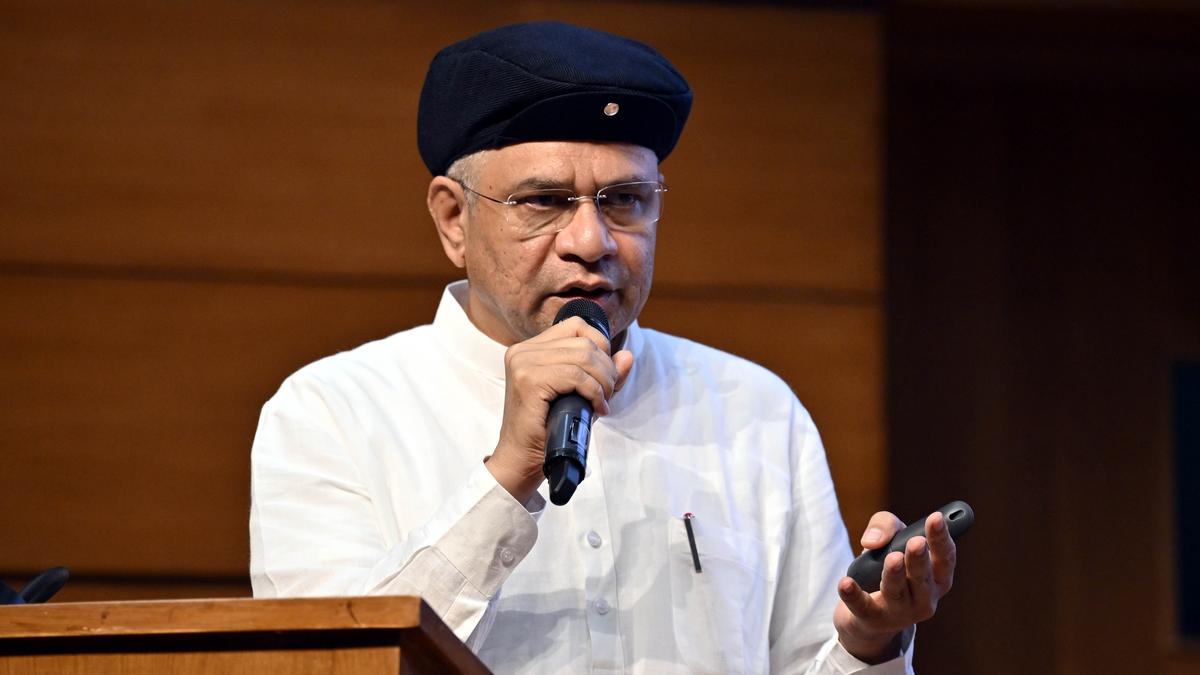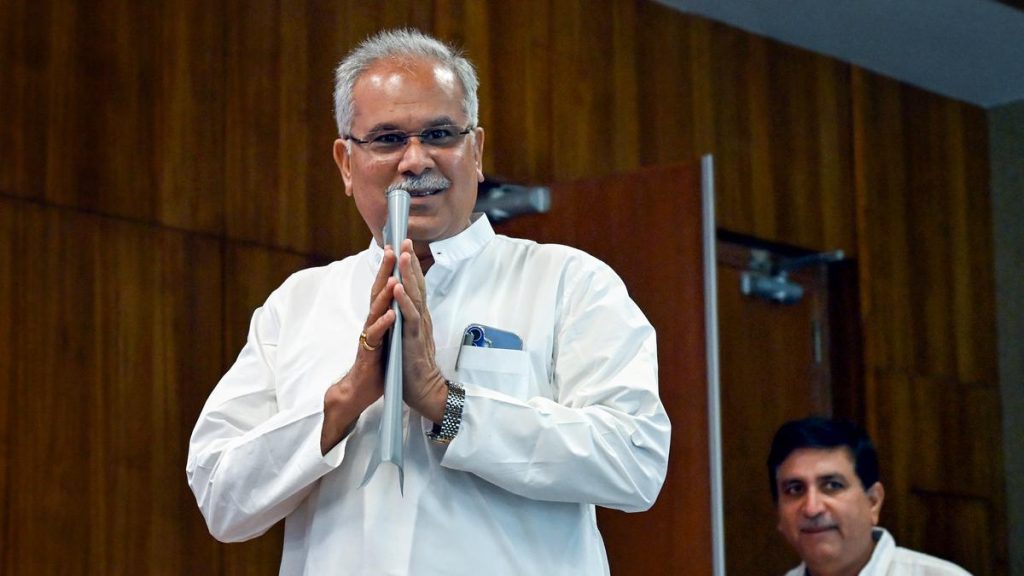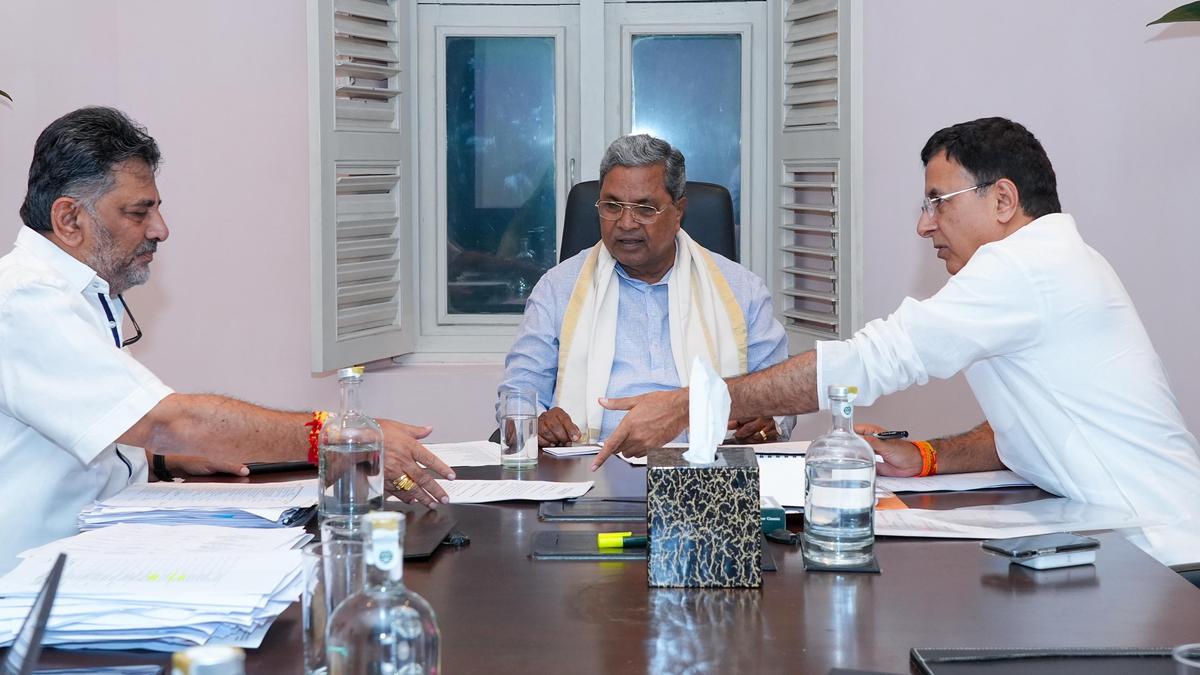Now Reading: Government Consolidates 36 Schemes into New Farm Programme
-
01
Government Consolidates 36 Schemes into New Farm Programme
Government Consolidates 36 Schemes into New Farm Programme

Quick Summary
- The Union Cabinet has approved the “Prime Minister Dhan-dhaanya Krishi Yojana” (PMDDKY) on July 16, 2025, aimed at improving agricultural productivity and promoting sustainable farming practices.
- The scheme was earlier announced in the Union Budget 2025 and carries an annual outlay of ₹24,000 crore for six years starting from 2025-26.
- It consolidates 36 existing schemes across 11 Ministries to provide comprehensive support to farmers, benefiting approximately 1.7 crore farmers nationwide.
- Focus areas include:
– Enhancing post-harvest storage at panchayat and block levels.
– Improving irrigation facilities.- Facilitating access to both short-term and long-term credit.
– Encouraging crop diversification, organic farming expansion, soil health conservation, and water-use efficiency.
- Implementation will follow a district-focused model akin to the “Aspirational District Program,” targeting districts based on low productivity metrics while ensuring each State/union Territory gets selected depiction.
- Committees at district, State, and national levels will oversee planning and monitoring processes aligned with national agriculture goals.Plans include progressive farmer participation at the district level in crafting strategies for advancement.
- Experts like Abhishek Jain (CEEW) highlighted its importance but pointed out that reliance on credit for resilience may not be ideal.
Indian Opinion Analysis
The approval of PMDDKY reflects India’s intent to streamline agricultural support measures by merging disparate schemes into a unified framework with clearly defined goals. This approach signifies a recognition of longstanding inefficiencies in resource allocation within India’s rural economy.
While the focus on underperforming districts is structurally promising-targeting low cropping intensity alongside storage infrastructure-the need for nuanced indicators like net agricultural income per hectare could improve district selection criteria further.Additionally,as suggested by experts in sustainable development methods like crop diversification or allied activities may ensure long-term farmer prosperity without over-reliance on external credit systems.
Given its ample budgetary commitment of ₹24,000 crore annually for six years-making it one of India’s largest targeted schemes-the PMDDKY’s success depends heavily upon implementation quality across decentralized committees nationwide. Monthly monitoring could pave the way for better accountability but requires streamlined data collection mechanisms suited to local contexts.
Read more: The Hindu
























